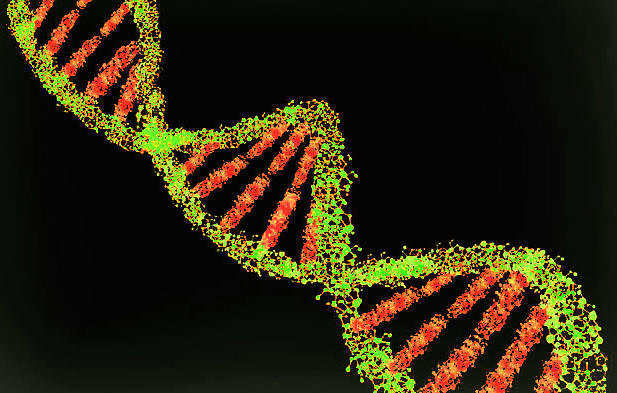Gene interactions and global fitness
The effect of a particular mutation in a given environment often varies systematically with the fitness of the genetic background in which it arises, but there are different theories as to how such systematic trends manifest. Using a CRISPR gene drive system, Bakerlee et al. generated a combinatorial yeast library that allowed them to test the effects of different combinations of missense mutations in 10 genes, including essential ones. Using this system, the authors found that fitness-correlated trends were better explained by an idiosyncratic model, in which they emerged from just a few interactions between specific loci, than they were by a global epistasis model, in which the effects of mutations were generally mediated by background fitness. —MAF
Abstract
Epistasis can markedly affect evolutionary trajectories. In recent decades, protein-level fitness landscapes have revealed extensive idiosyncratic epistasis among specific mutations. By contrast, other work has found ubiquitous and apparently nonspecific patterns of global diminishing-returns and increasing-costs epistasis among mutations across the genome. Here, we used a hierarchical CRISPR gene drive system to construct all combinations of 10 missense mutations from across the genome in budding yeast and measured their fitness in six environments. We show that the resulting fitness landscapes exhibit global fitness–correlated trends but that these trends emerge from specific idiosyncratic interactions. We thus provide experimental validation of recent theoretical work arguing that fitness-correlated trends can emerge as the generic consequence of idiosyncratic epistasis.







